#keckobservatory
Explore tagged Tumblr posts
Text
Meagan O’Shea - Astronomers Tune Into the Music of a Nearby Star Unlocking a Surprising Discovery
Star #HD219134 #KeckObservatory #KeckPlanetFinder #KFP #Oscillation #Gyrochronology #StellarAging #StellarModeling #Music #Asteroseismology #StellarAstrophysics #Astrophysics #Astronomy
#star#hd219134#keckobservatory#keckplanetfinder#kfp#oscillation#gyrochronology#stellaraging#stellarmodeling#music#asteroseismology#stellarastrophysics#astrophysics#astronomy
0 notes
Text
Descubren el sistema estelar más diminuto conocido que está orbitando la Vía Láctea
Un equipo de astrónomos que utilizaron información de los telescopios @keckobservatory y @CFHTelescope descubrieron el sistema estelar más diminuto y de menor masa orbitando la Vía Láctea.
Agencias, Ciudad de México.- Astrónomos de las universidades de Yale y Victoria han descubierto el sistema estelar más diminuto y de menor masa -apenas 60 estrellas- conocido orbitando la Vía Láctea. Llamado Ursa Major III / UNIONS 1 (UMa3/U1), este minúsculo sistema estelar posiblemente sea uno de los más dominados por la materia oscura que se conocen. El equipo realizó el estudio desde Hawái…

View On WordPress
0 notes
Text
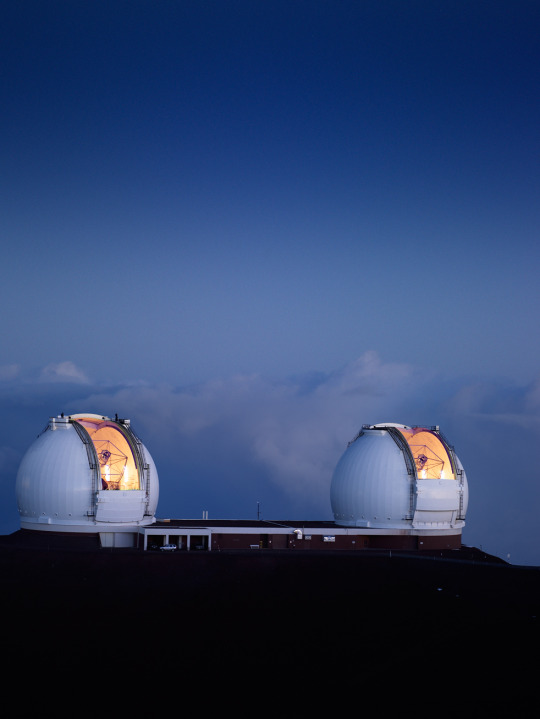

Keck Obeservatory
491 notes
·
View notes
Photo
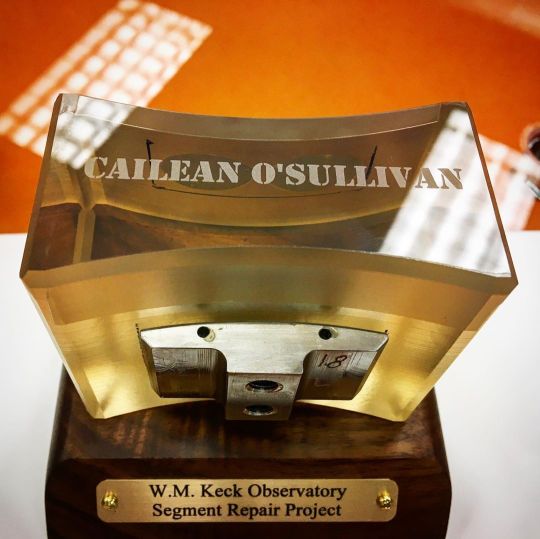
After nearly four years, my work on this amazing project is drawing to an end. It has been an honor and a pleasure to endeavor alongside some of the brightest minds and tireless hearts one could imagine. Excelsior! https://www.instagram.com/p/B9FTdJ3lcmq/?igshid=11syewfu20lxe
#excelsior#science#astronomy#wmkeckobservatory#keckobservatory#segmentrepair#zerodur#telescope#hawaii#bigisland#bigislandhawaii#timesnearlyup#endofproject#thisistheway#alwaysforward#intothefuture#carpediem#carpenoctem#startrekflex
4 notes
·
View notes
Photo
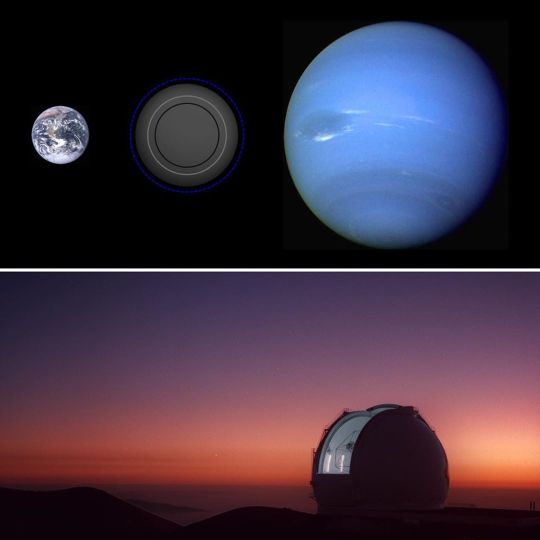
Is our galaxy teeming with Earth-like planets? Perhaps no other planet besides Gliese 581g (Zarmina’s World) is at the heart of the controversy behind this question. . Gliese 581 is a red dwarf that lies about 20 light years away and thus is one of the closest star systems. . The system has been found to contain at least four planets, however, the discovery (bottom showing the Keck Telescope that was used) of Zarmina’s World (top) - a super-Earth 🌎 in the habitable zone around the star ⭐️ suggests that Earth like planets maybe more common in the Milky Way 🌌 than previously thought. . Adding fuel to the controversy is the subsequent analysis that the planet may not actually exist. . Perhaps more conclusive evidence about its existence can be determined by the next generation of space telescopes 🔭 such as the James Webb Space Telescope that is expected to be launched in 2021. . Credit: Aldaron / public domain and NASA/JPL/Caltech / public domain. . #exoplanet #exoplanets #gliese #gliese581 #reddwarf #starsystems #spacetelescope #nasa #keckobservatory #superearth #habitablezone #drakeequation https://www.instagram.com/p/B8_CoABJiRp/?igshid=1fr6emoum4qqz
#exoplanet#exoplanets#gliese#gliese581#reddwarf#starsystems#spacetelescope#nasa#keckobservatory#superearth#habitablezone#drakeequation
1 note
·
View note
Text
instagram
#AllTheWayUp#OverTheClouds#AmazingView#ScenicViewpoint#UpAboveTheWorldSoHigh#OutOfThisWorld#FeelsLikeBeingOnMars#HalfAWorldAway#SummitOfTheVolcano#SweetPineappleLand#NissanRogue#WMKeckObservatory#KeckObservatory#MaunaKeaObservatories#MKO#observatory#astronomy#UniversityOfHawaii#NASA#MaunaKea#IslandOfHawaii#BigIsland#HawaiiIsland#HawaiianArchipelago#Hawaii#Polynesia#Oceania#InTheMiddleOfThePacificOcean#PacificOcean
0 notes
Photo
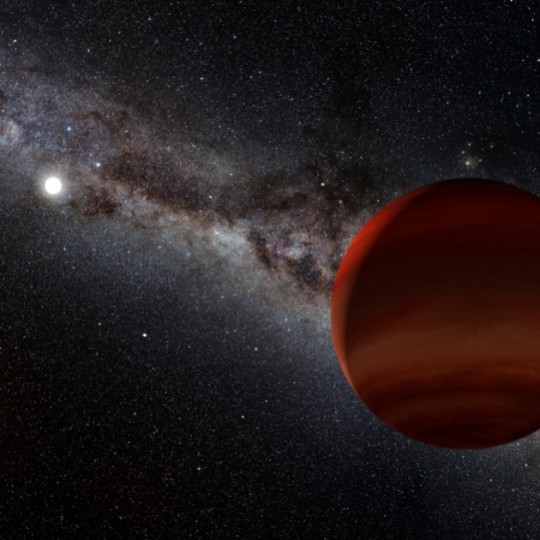
Hawaii telescope aids discovery of 100 ‘cool worlds’: Citizen scientists help locate some of the coolest brown dwarfs ever discovered using observations from the @keckobservatory atop Maunakea. #keckobservatory #maunakea #astronomy #space #coolworlds #citizenscience https://www.instagram.com/p/CEDofAZjYIN/?igshid=nvjzrk3mqvpw
0 notes
Photo
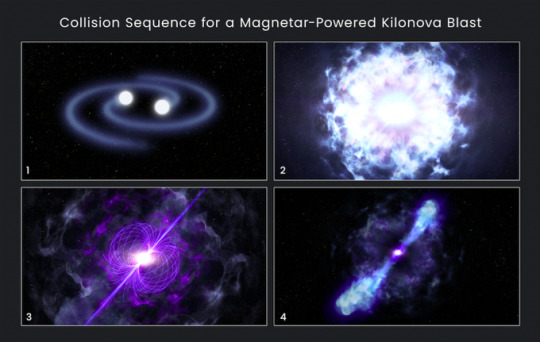
#Space: #ExplosiveBirth of #magnetar from #ColossalCollision potentially spotted for first time — #NeutronStar #merger results in magnetar with brightest #kilonova ever observed 👁🗨 https://bit.ly/3nkK9eC via @keckobservatory https://bit.ly/3kobsmp
1 note
·
View note
Photo

Most people that know me know that I love all things astronomy related, especially patches, p̶i̶e̶c̶e̶s̶ ̶o̶f̶ ̶f̶l̶a̶r̶e̶ buttons and prints! Want some dope, high quality patches? Check out @spacecmd's Etsy shop! #astroswag #walkwalkfashionbaby #patches #keckobservatory #wanderer #sagan #etsyshop #spacecmd
0 notes
Text
Mystery of X7: An Elongated Object Near the Supermassive Black Hole in the Milky Way
Mystery of X7: An Elongated Object Near the Supermassive Black Hole in the Milky Way. #X7 #supermassiveblackhole #MilkyWay #astronomy #galacticcenter #KeckObservatory #SagittariusA #Gobjects #starmerger #tidalforces #space #science #research
Mystery of X7- Scientists have finally figured out the identity of an elongated object known as X7, near a supermassive black hole at the center of our galaxy. For two decades, scientists had speculated what this object might be; however, recent research suggests X7 might actually be a cloud of gas and dust created from colliding two stars. With time, X7’s shape has changed as it’s being pulled…
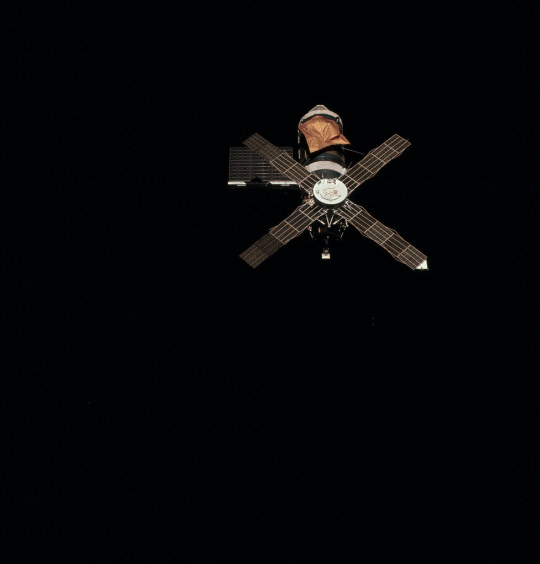
View On WordPress
0 notes
Text
University of Leicester - Uranus aurora discovery offers clues to habitable icy worlds:
Uranus #InfraredAurora #Aurora #KeckObservatory #NIRSPEC #SolarSystemScience #Photography #PlanetaryScience #InfraredAstronomy #Astronomy
0 notes
Text
Descubren una estrella enana blanca con una cara de hidrógeno y otra de helio
Un equipo de astrónomos del @keckobservatory han localizado una curiosa estrella nombrada Janus que está formada por hidrógeno en una cara y helio en la otra. El equipo también ha identificado la probable razón de ello.
Agencias, Ciudad de México.- Los astrónomos han descubierto una estrella enana blanca que tiene dos caras, una de ellas compuesta de hidrógeno y la otra de helio, según publican en la revista ‘Nature‘. “La superficie de la enana blanca cambia completamente de un lado al otro ��explica Ilaria Caiazzo, becaria postdoctoral en el Instituto de Tecnología de California (Caltech) en Estados Unidos, que…

View On WordPress
0 notes
Photo







The W. M. Keck Observatory is a two-telescope astronomical observatory at an elevation of 4,145 meters (13,600 ft) near the summit of Mauna Kea in the U.S. state of Hawaii. Both telescopes feature 10 m (33 ft) primary mirrors, currently among the largest astronomical telescopes in use.
images: Keck Observatory, Sarah Elliott, Vadim Kurland
#observatóriokeck#keckobservatory#astronomy#astronomia#astrophysics#astrofisica#space#espaço#universo#universe#telescope#telescópio#observatory#observatório
2K notes
·
View notes
Photo

Posted @withregram • @bosplanet GOTCHA 🎯 #Astronomers find and take a direct image of a baby exo-planet (b) forming just 400 light years away! 👏 #bosplanet The exoplanet 2M0437b is huge, and also far from its star, 2M0437 – 100 astronomical units (Pluto is around 40 AU from the Sun). Usually, exoplanets this distant from their star are too cool to give off infrared radiation, but here's where the age of 2M0437b truly matters. “Because it's just a few million years old, the baby exoplanet is still relatively warm from the intense planetary formation processes, around 1,400 to 1,500 Kelvin (1,127 to 1,227 degrees Celsius, or 2,060 to 2,240 degrees Fahrenheit). This means that it glows faintly in infrared, enough to be seen at a distance of 417 light-years away.” @sciencealert / Michelle Starr We found it using the Sabaru Telescope and @keckobservatory (infrared follow up) Image Credit: 2M0437b as imaged by the Subaru Telescope in infrared. #exoplanet #astronomer #life #wow #science #space #universe https://www.instagram.com/p/CViYXz8LpTl/?utm_medium=tumblr
0 notes
Text
Our galaxy's black hole recently flared crazily bright, and we still don't know why
https://sciencespies.com/space/our-galaxys-black-hole-recently-flared-crazily-bright-and-we-still-dont-know-why/
Our galaxy's black hole recently flared crazily bright, and we still don't know why

The supermassive black hole at the heart of the Milky Way, Sagittarius A*, is usually relatively quiet. It’s not an active nucleus, spewing light and heat into the space around it; most of the time, the black hole’s activity is low key, with minimal fluctuations in its brightness.
Most of the time. Recently, astronomers caught it going absolutely bananas, suddenly growing 75 times brighter before subsiding back to normal levels. That’s the brightest we’ve ever seen Sgr A* in near-infrared wavelengths.
“I was pretty surprised at first and then very excited,” astronomer Tuan Do of the University of California Los Angeles (UCLA) told ScienceAlert.
“The black hole was so bright I at first mistook it for the star S0-2, because I had never seen Sgr A* that bright. Over the next few frames, though, it was clear the source was variable and had to be the black hole. I knew almost right away there was probably something interesting going on with the black hole.”
But what? That’s what astronomers are on a mission to find out. We first reported on this story in mid August, and the results have now been published in The Astrophysical Journal Letters. As of now, we still don’t know what caused the super bright flare.
“We have never seen anything like this in the 24 years we have studied the supermassive black hole,” said Andrea Ghez, UCLA professor of physics and astronomy and a co-senior author of the research.
“It’s usually a pretty quiet, wimpy black hole on a diet. We don’t know what is driving this big feast.”
Do and his team took observations of the galactic centre using the WM Keck Observatory in Hawaii over four nights earlier this year. The strange brightening was observed on May 13, and the team managed to capture it in a timelapse, two hours condensed down to a few seconds.
Here’s a timelapse of images over 2.5 hr from May from @keckobservatory of the supermassive black hole Sgr A*. The black hole is always variable, but this was the brightest we’ve seen in the infrared so far. It was probably even brighter before we started observing that night! pic.twitter.com/MwXioZ7twV
— Tuan Do (@quantumpenguin) August 11, 2019
That brightly glowing dot right at the beginning of the video is the dust and gas swirling around Sgr A*. Black holes themselves don’t emit any radiation that can be detected by our current instruments, but the stuff nearby does when the black hole’s gravitational forces generate immense friction, in turn producing radiation.
When we view that radiation with a telescope using the infrared range, it translates as brightness. Normally, the brightness of Sgr A* flickers a bit like a candle, varying from minutes to hours. But when the surroundings of a black hole flare that brightly, it’s a sign something may have gotten close enough to be grabbed by its gravity.
The first frame – taken right at the beginning of the observation – is the brightest, which means Sgr A* could have been even brighter before they started observing, Do said. But no one was aware that anything was drawing close enough to be swallowed by the black hole.
The team is busily gathering data to try and narrow it down, but there are two immediate possibilities. One is G2, an object thought to be a gas cloud that approached within 36 light-hours of Sgr A* in 2014. If it was a gas cloud, this proximity should have torn it to shreds, and parts of it devoured by the black hole – yet nothing happened.
The flyby was later called a “cosmic fizzle“, but the researchers believe the black hole’s May fireworks show may have been a delayed reaction.

(Do et al., arXiv, 2019)
But – have a look at the timelapse again. See that bright dot at around 11 o’clock from the black hole? That’s S0-2, a star on a long, looping, 16-year elliptical orbit around Sgr A*. Last year, it made its closest approach, coming within 17 light-hours of the black hole.
“One of the possibilities,” Do told ScienceAlert, “is that the star S0-2, when it passed close to the black hole last year, changed the way gas flows into the black hole, and so more gas is falling on it, leading it to become more variable.”
The only way to find out is having more data. They are currently being collected, across a larger range of wavelengths. More observations will take place over the coming weeks with the ground-based Keck Observatory before the galactic centre is no longer visible at night from Earth.
But many other telescopes – including Spitzer, Chandra, Swift and ALMA – were observing the galactic centre over the last few months, too. Their data could reveal different aspects of the physics of the change in brightness, and help us understand what Sgr A* is up to.
“I’m eagerly awaiting their results,” Do said.
The paper has been published in The Astrophysical Journal Letters.
Join us on Facebook or Twitter for a regular update.
#Space
0 notes
Text
0 notes